12. Shrine for Girls: Social Justice and Aesthetic Responsibilities
© 2022 Patricia Cronin, CC BY-NC 4.0 https://doi.org/10.11647/OBP.0296.12
Shrine For Girls is a series of site-specific sculptural installations reflecting on the global pandemic of violence against women and girls that debuted as an Official Collateral Solo Show of the 56th Venice Biennale. Curated by Ludovico Pratesi, inside the sixteenth-century Church of San Gallo, I focused on three horrific events in Nigeria, India and Ireland, all resulting in the deaths of thousands of women, and created a shrine in their honor.
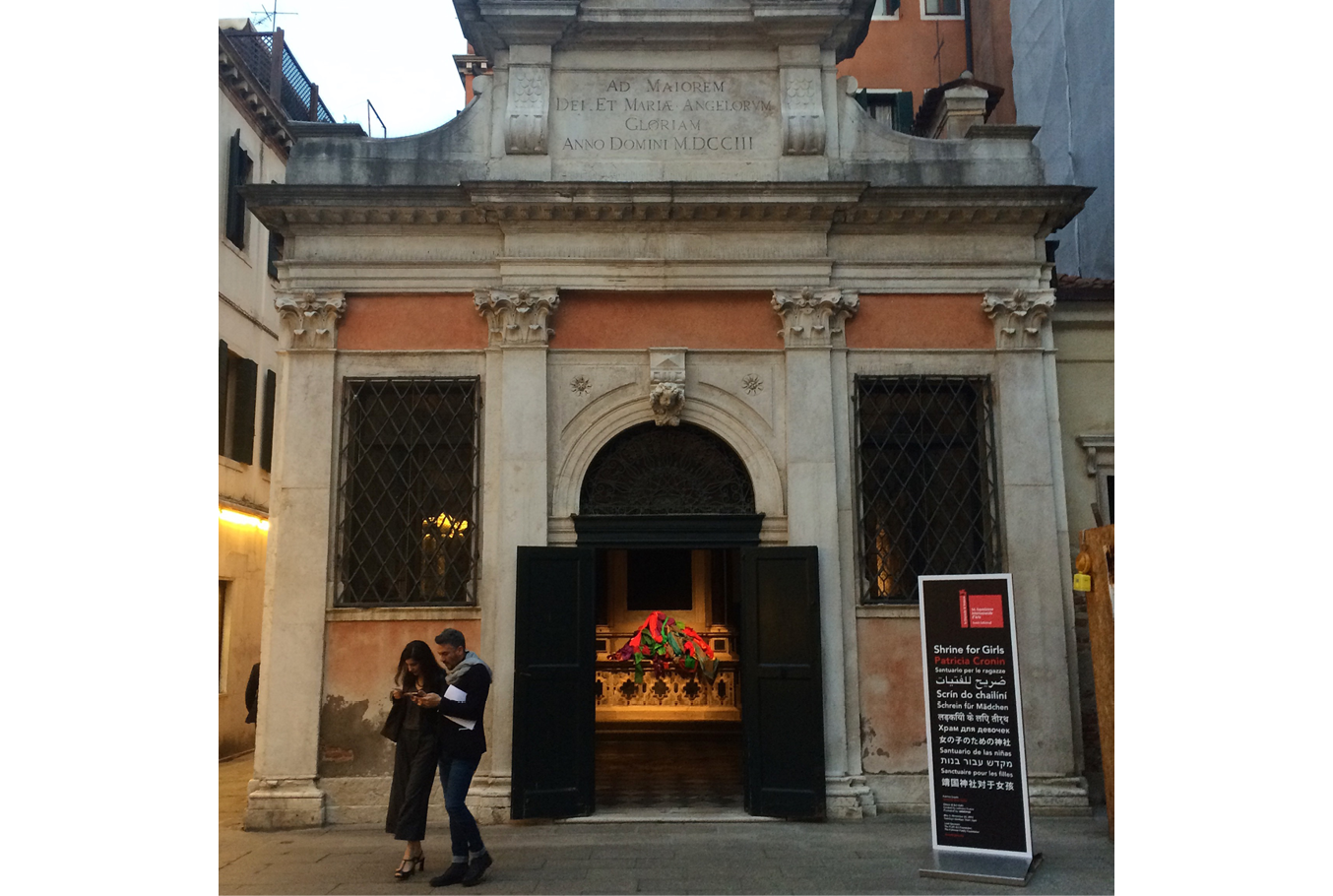
Fig. 1 Patricia Cronin, Shrine For Girls, Venice (2015), Chiesa de San Gallo, Venice. © Patricia Cronin, photograph Mark Blower.
Shrines, part of every major religion’s practice, provide a space for contemplation, petition, and rituals of grieving and remembrance. Inside the deconsecrated church, I gathered hundreds of girls’ clothes from these countries and carefully composed them on three stone altars to act as relics of these young gender martyrs. Each sculpture was accompanied by a small photograph related to the event, off to the side.
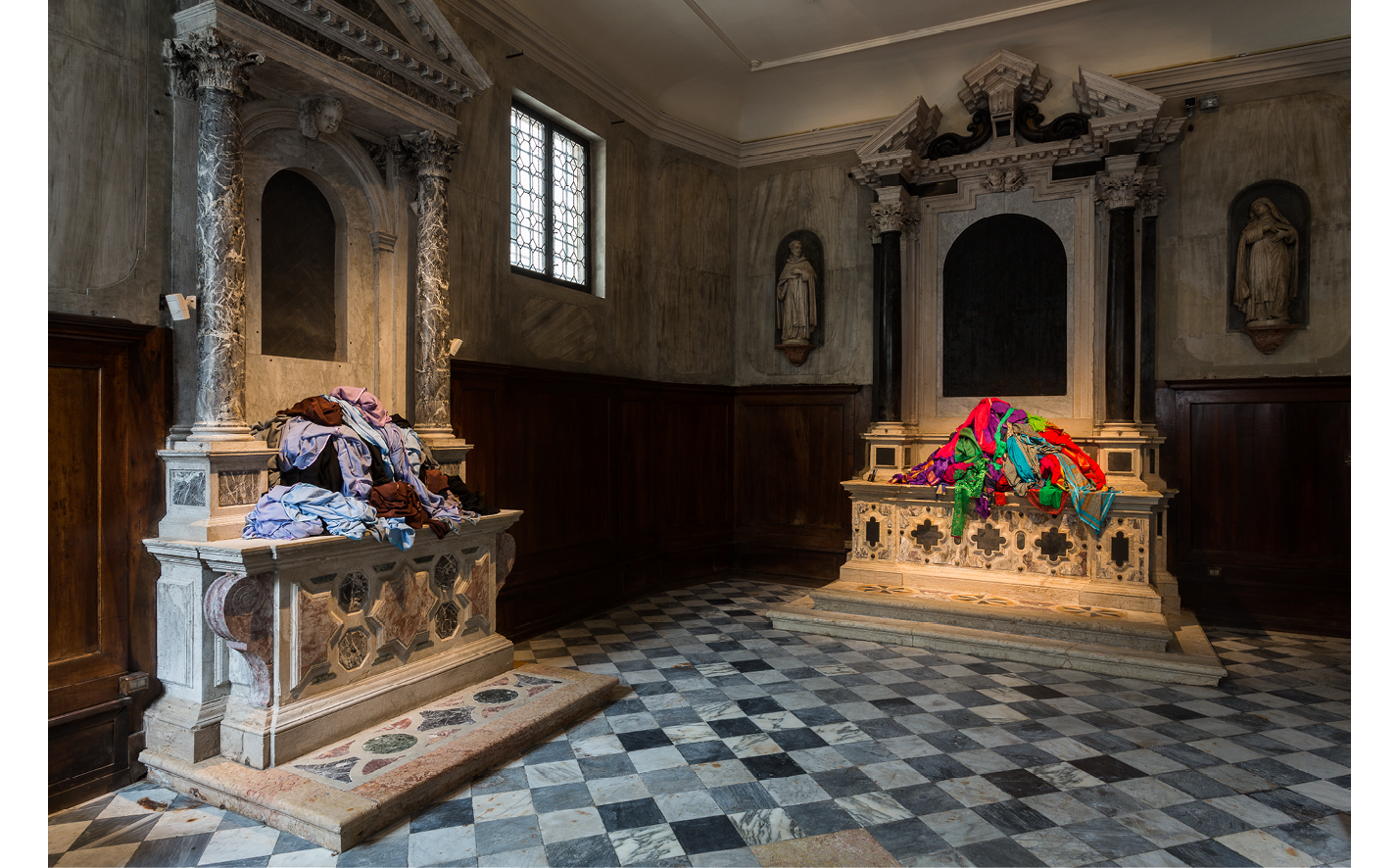
Fig. 2 Patricia Cronin, Shrine For Girls, Venice (2015), Chiesa de San Gallo, Venice. © Patricia Cronin, photograph Mark Blower.
By creating an installation with the remnants of what the missing bodies would have inhabited, the materiality of the fabric reminds us of who is missing and publicly acknowledges their suffering. This site-specific installation is a meditation on the incalculable loss of unrealized potential and hopelessness in the face of unfathomable cruelty; juxtaposed against the obligation we have as global citizens to combat this prejudice. I attempt to restore some of the dignity these women and girls were denied in life.
On the High Altar, I have arranged a pile of saris representing a specific event in Katra, a tiny village in Uttar Pradesh, India.
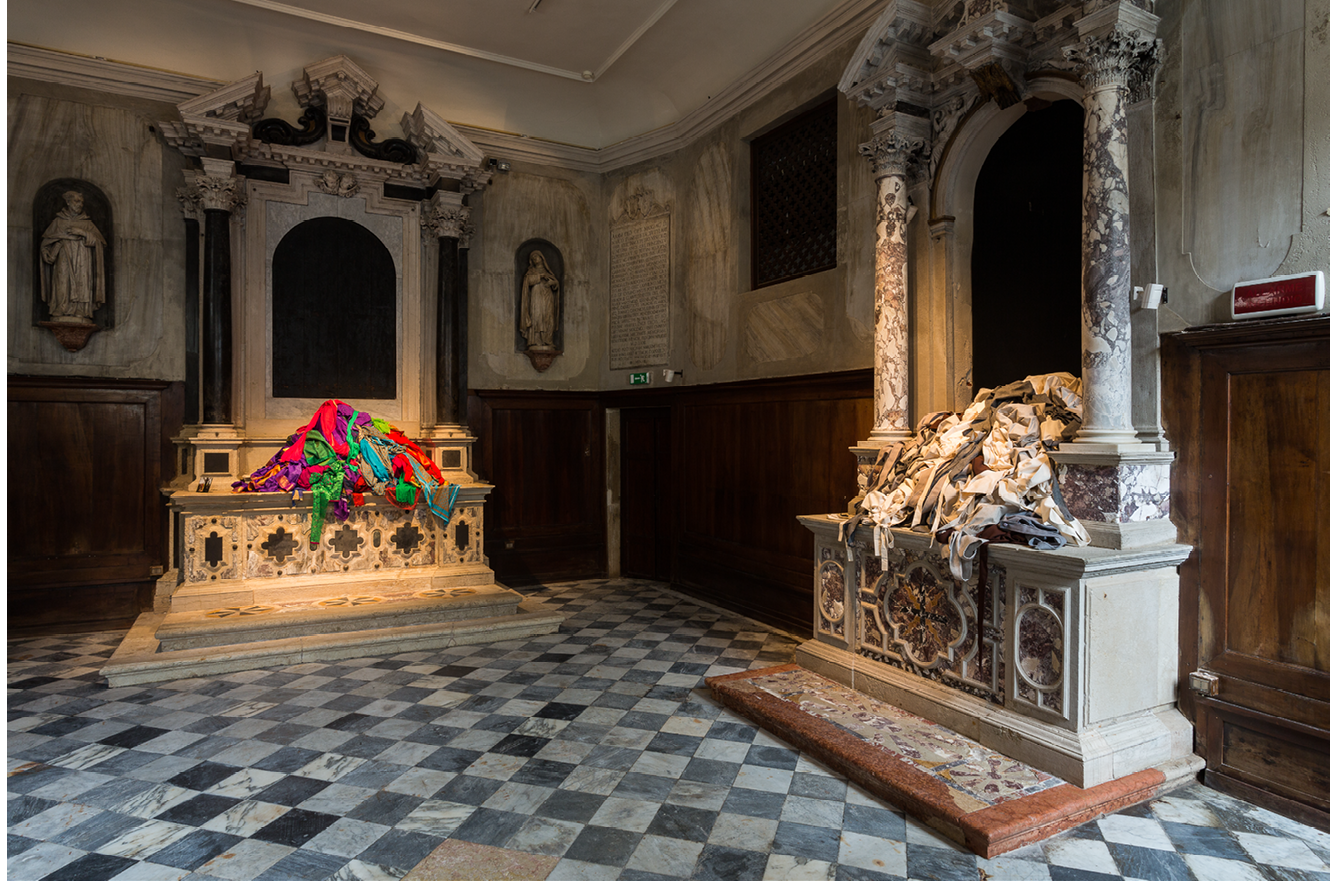
Fig. 3 Patricia Cronin, Shrine For Girls (Uttar Pradesh) (2015), Chiesa de San Gallo, Venice. © Patricia Cronin, photograph Mark Blower.
On 27 May 2014, two teenage cousins, Murti and Pushpa were gang raped and lynched, hanging from a mango tree.
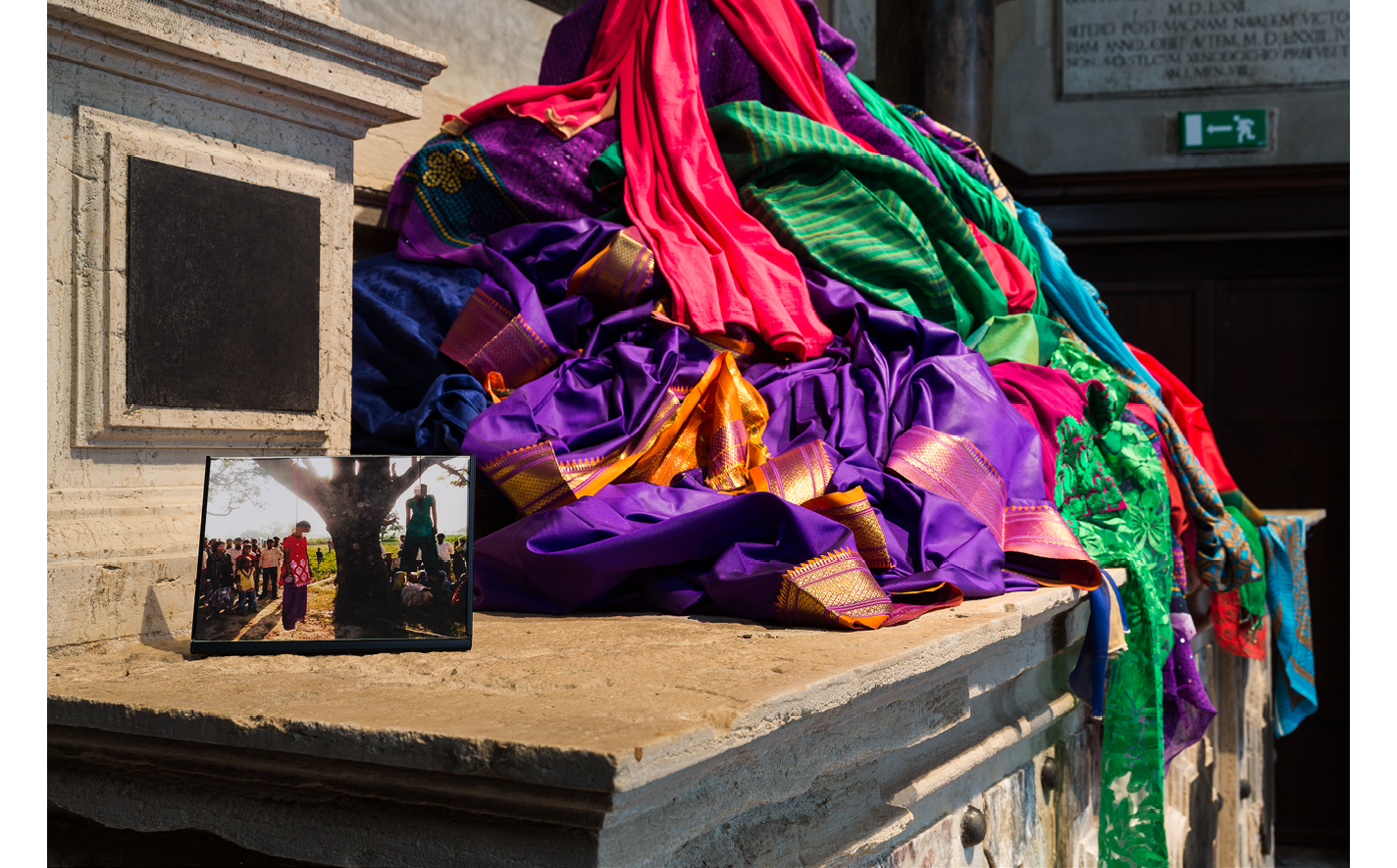
Fig. 4 Patricia Cronin, Shrine For Girls (Uttar Pradesh) (2015), Chiesa de San Gallo, Venice. © Patricia Cronin, photograph Mark Blower.
The villagers surrounded the tree to show everyone what had been done to their children. It was just enough time for people to take photographs with their cell phones and circulate them.
On the altar to the left,
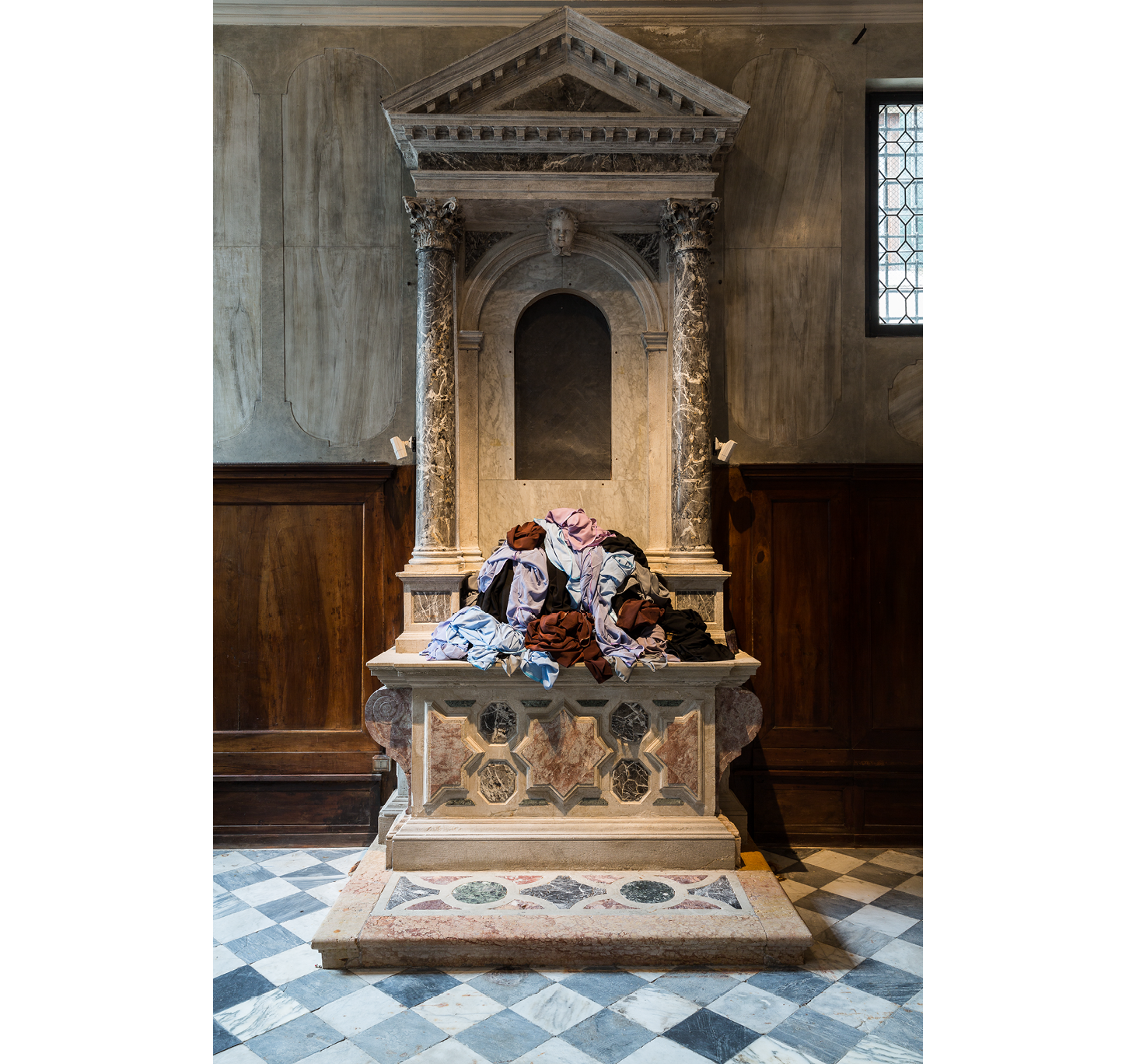
Fig. 5 Patricia Cronin, Shrine For Girls (Chibok) (2015), Chiesa de San Gallo, Venice. © Patricia Cronin, photograph Mark Blower.
I have arranged a pile of hijabs representing 276 students kidnapped from their secondary school in Chibok, Nigeria on 14 April 2014 by terrorist group Boko Haram, sparking global outrage and inspiring the hashtag #bringbackourgirls. A few girls escaped, others were trafficked, or married off to Boko Haram fighters. Journalists think only 15 out of the 112 still missing girls are still alive.
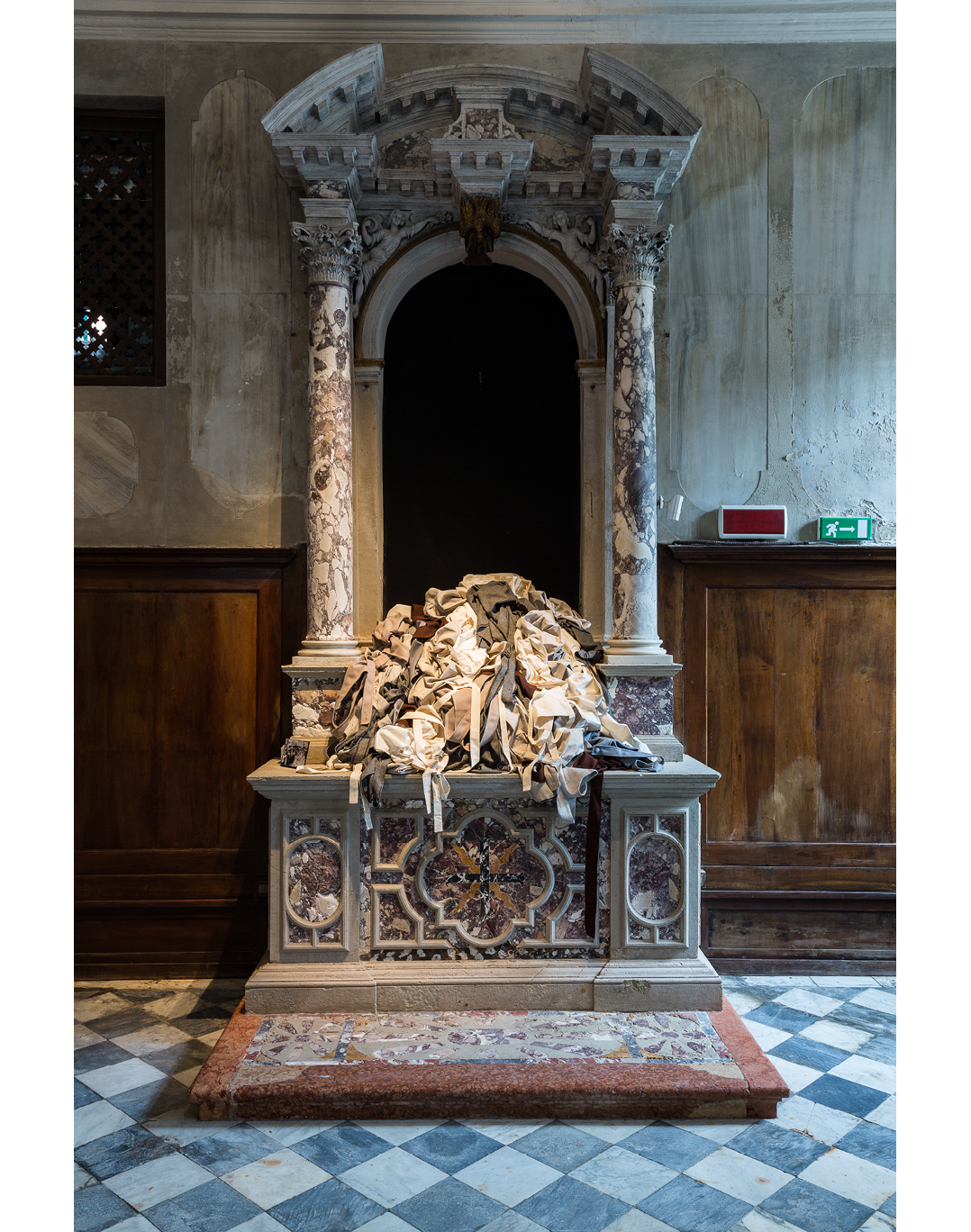
Fig. 6 Patricia Cronin, Shrine For Girls (Chibok) (2015), Chiesa de San Gallo, Venice. © Patricia Cronin, photograph Mark Blower.
And the altar to the right has a huge pile of cotton, wool and linen aprons symbolizing girls imprisoned in the Magdalene Laundries—forced labor institutions predominantly run by Catholic Sisters of Mercy in Ireland. Females perceived to jeopardize a family’s moral reputation—orphans, the precocious, those with low mental capacity, unwed mothers, or prostitutes—were delivered there by their families or law enforcement. No legal sentence with an end date. They were starved, deliberately not educated and worked washing laundry for the government, clergy and wealthy from dawn until dark, and their babies were sold to rich Americans. The last laundry closed in Dublin in 1996, with women still living there through 2008.
I believe empathy is at the core of all great art. Art can humanize the shock of violence and transform trauma into a shared experience. Collapsing symbolism into reality, Art can be a call to action and a form of healing.
